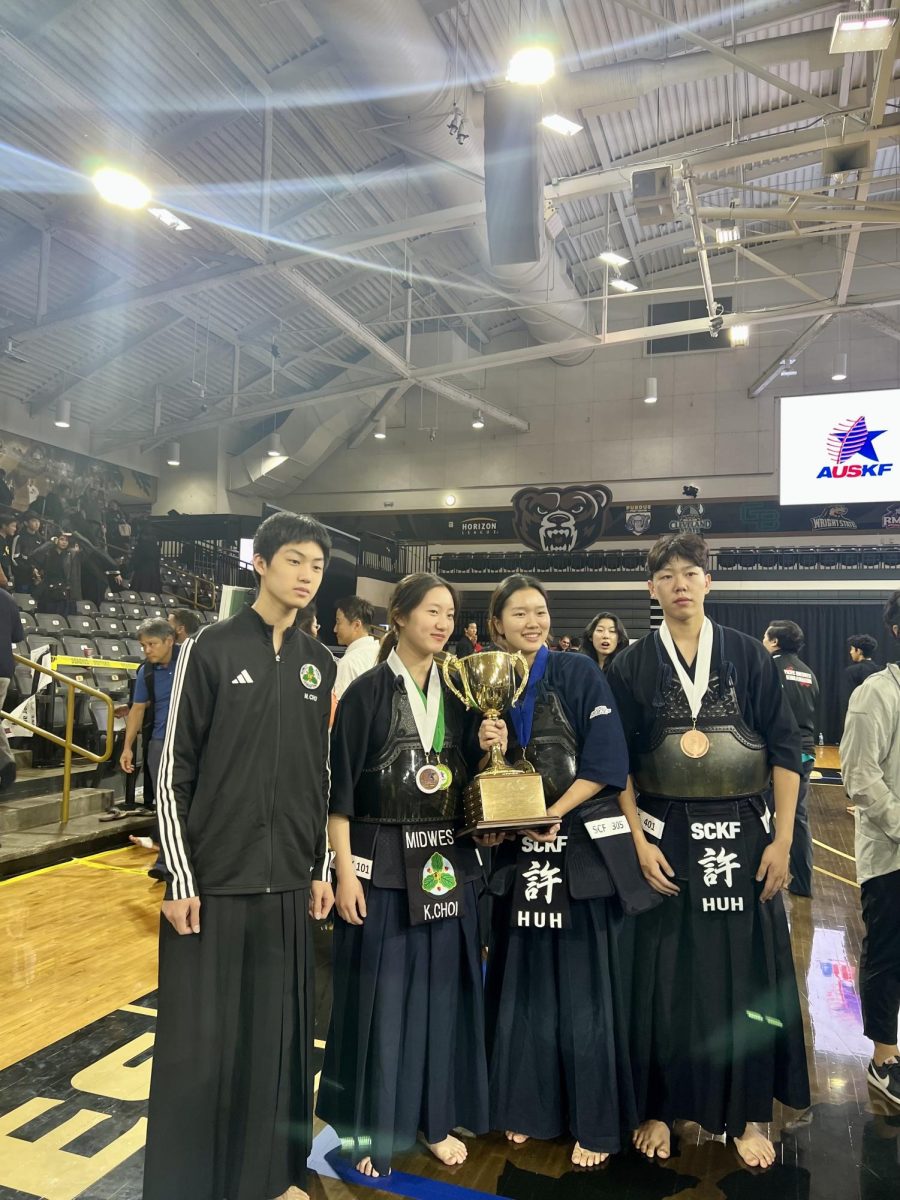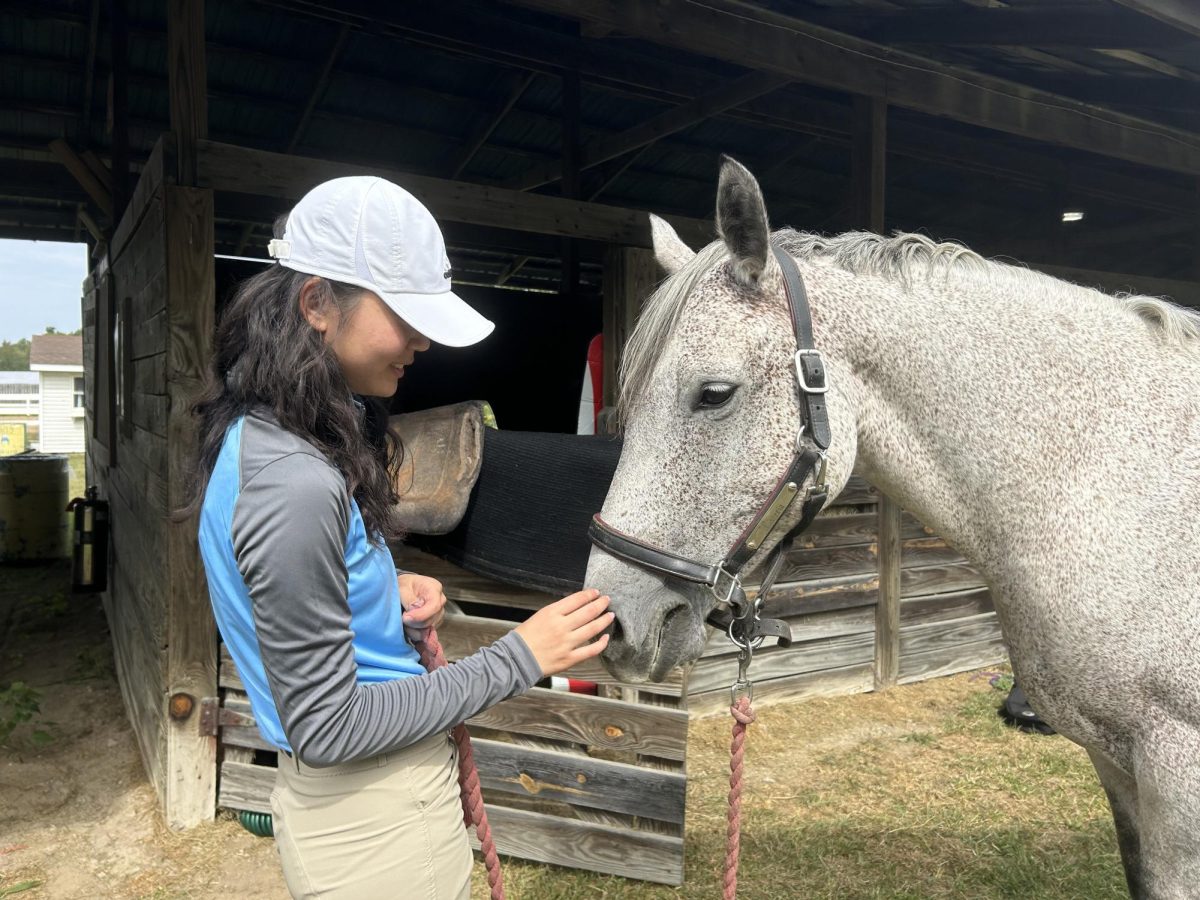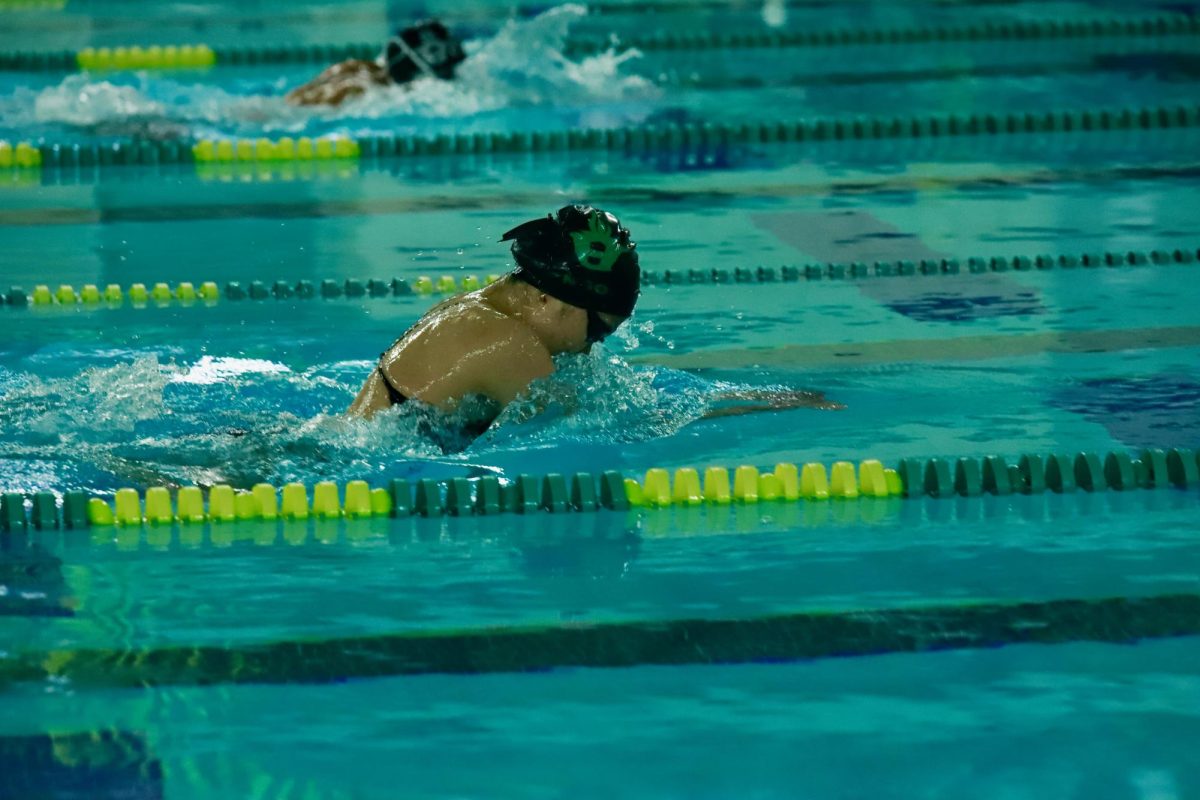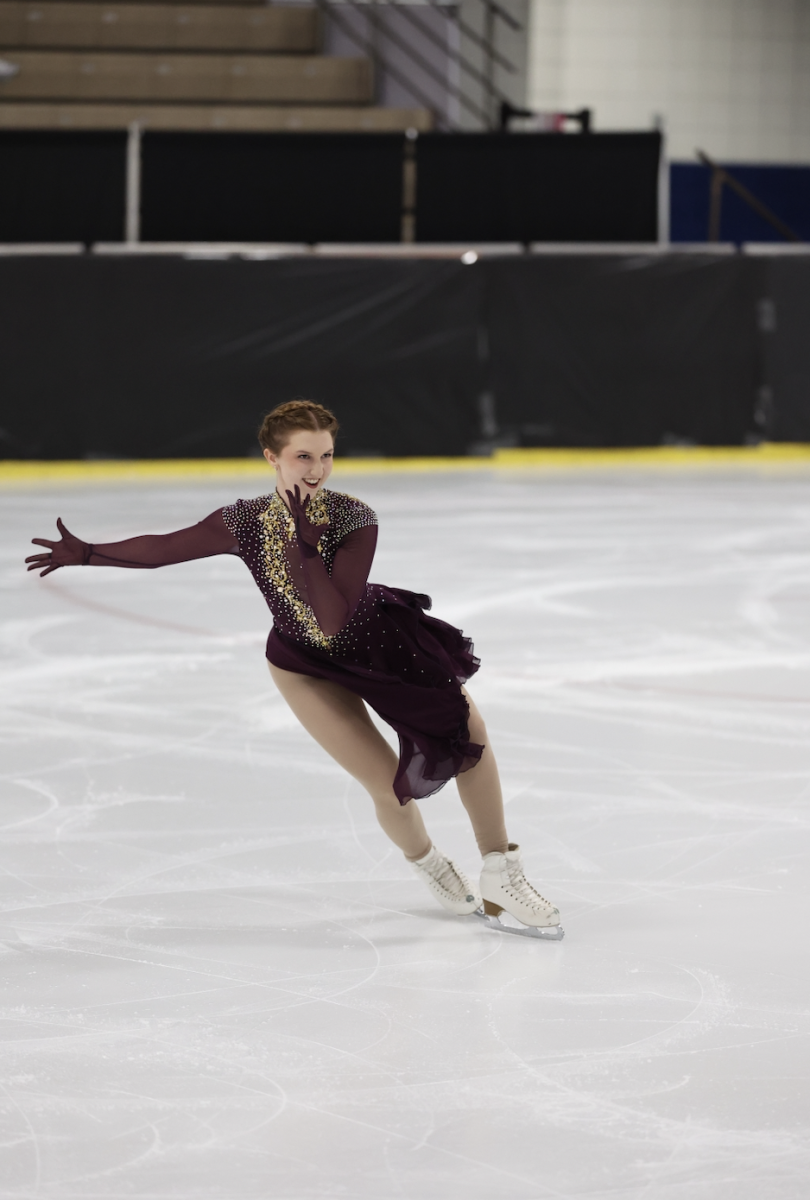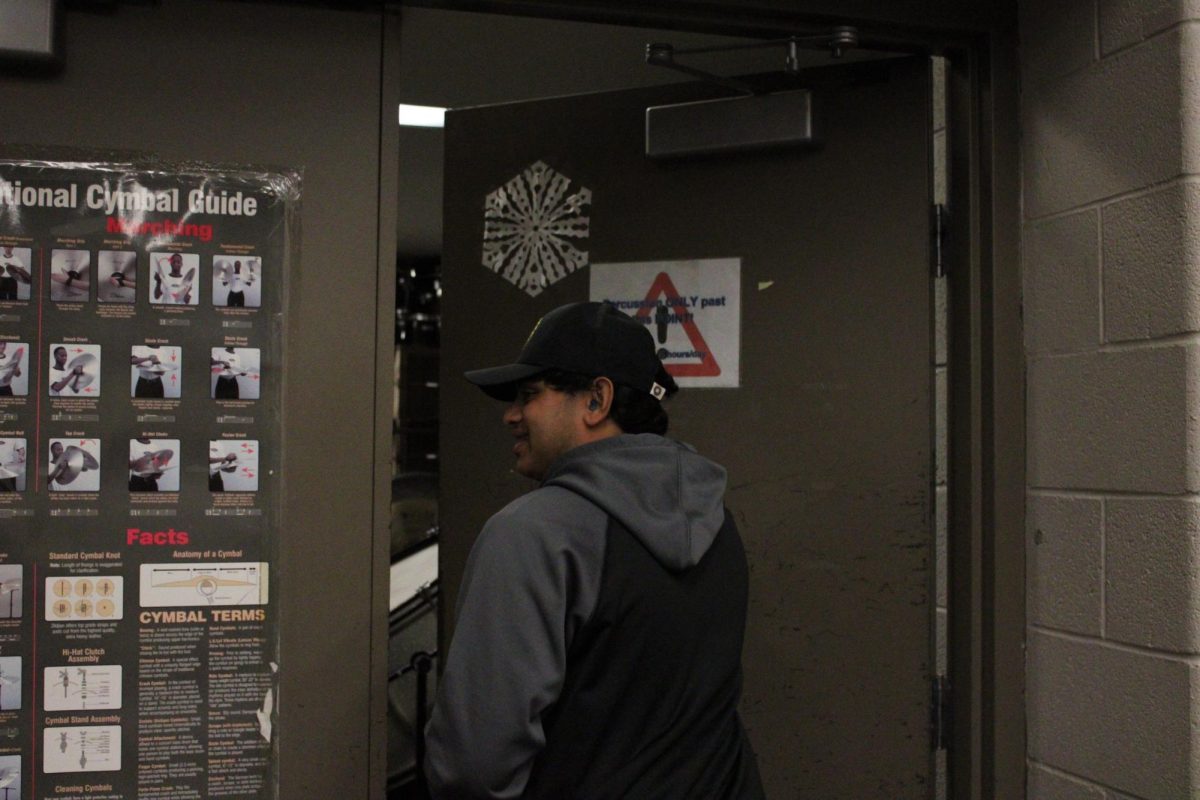Men. Kote. Do. Tsuki. These four target areas in kendo (the head, forearm, breast, and throat respectively), an ancient Japanese martial art, represent the discipline and spirit required to excel in the sport. Originating in the middle of the 11th century (in the Heian Era), the techniques of martial arts evolved from focusing on killing techniques to developing one’s person through strong swordsmanship and a disciplinary life-style. Junior Kiki Choi, who has practiced kendo for 10 years, plays for the Midwest Kendo Federation and has had much experience with these distinct characteristics of the sport.
“My dad did kendo before I did, so I started going to his tournaments for a couple years before I started,” Choi said. “That’s where I started to learn about the sport.”
Her team placed second in the United States Kendo Federation junior competition. And she has also placed first individually at the 2022 Midwest Kendo Tournament.
“Of course, I love the physical exertion, but I also love that it’s a very methodical sport,” Choi said. “The order in which you put your bogu (armor) on is always the same. Martial arts in general are centered around discipline; you always have to bow to the flags and the senseis when you enter or leave a room, or before a fight.”
The kendo court is a square, with three judges making a triangle within that square. The two opponents start on either side of the court. They each take one step into the court, bow to each other, and then within three steps, must reach a line drawn in the court. After that, they squat while drawing the shinai (sword).
The head judge says “hajime,” which means beginning in Japanese. At that point, both people rise and then start the match. A “good hit” means a point. Hits are determined by the judges; two out of the three have to determine the hit as valid for it to count towards your score. First to two points wins, and the time frame depends on the level of the tournament, although most matches are 3 minutes long.
“It’s so fun going to tournaments and seeing someone you’ve never fought before, because in my dojo I always fight the same people,” Choi said. “Matches are only several minutes long, so within that time frame, I have to learn how a person fights in order to learn how to defeat them.”
One of the most important aspects of kendo is the fighting spirit. Judges determine valid hits not only based on the waza (hitting technique), but the spirit with which kendo practitioners fight. When making a hit, practitioners must demonstrate their heart by yelling out loudly (zanshin). It is common practice to shout out which body part they are aiming to hit (men, kote, do, or tsuki), but that isn’t required.
“In many cases, zanshin has an even greater impact on the validity of the hit than the technique of the stroke itself,” Choi explained.
Oftentimes, even if a hit is imperfect, a point is still rewarded if spirit is demonstrated.
“It’s rewarding to see my efforts pay off when I defeat someone because it’s as much a mind game as a physical game,” Choi said. “I hope that this sport finds more people in the future.”



